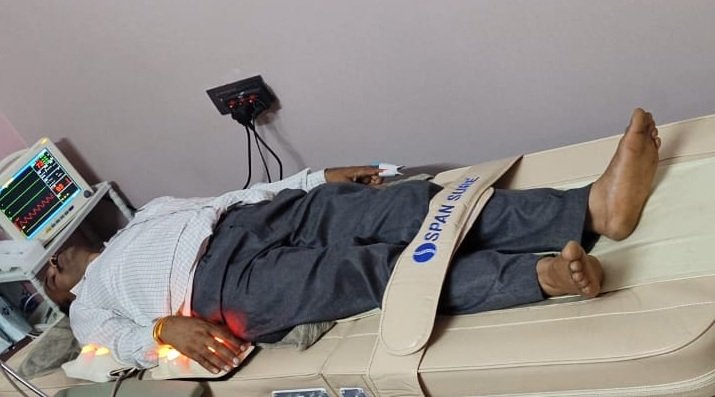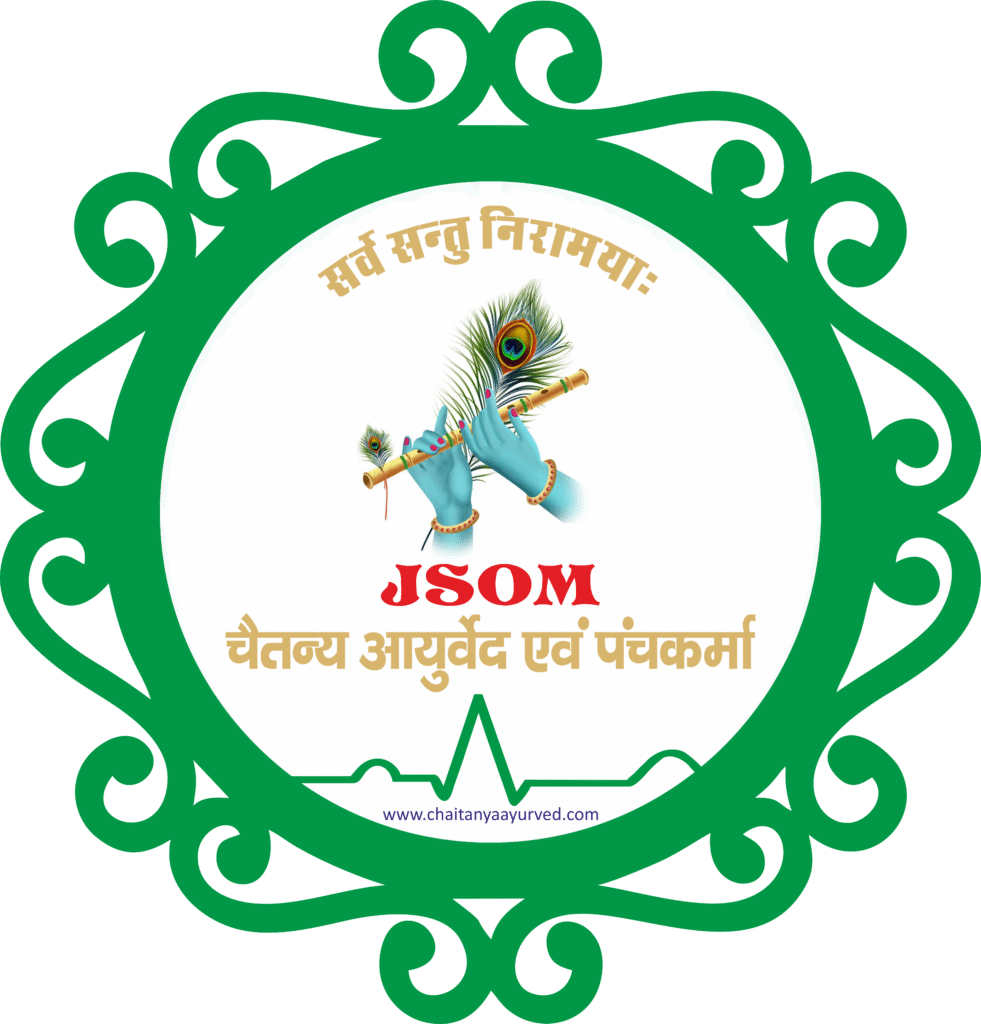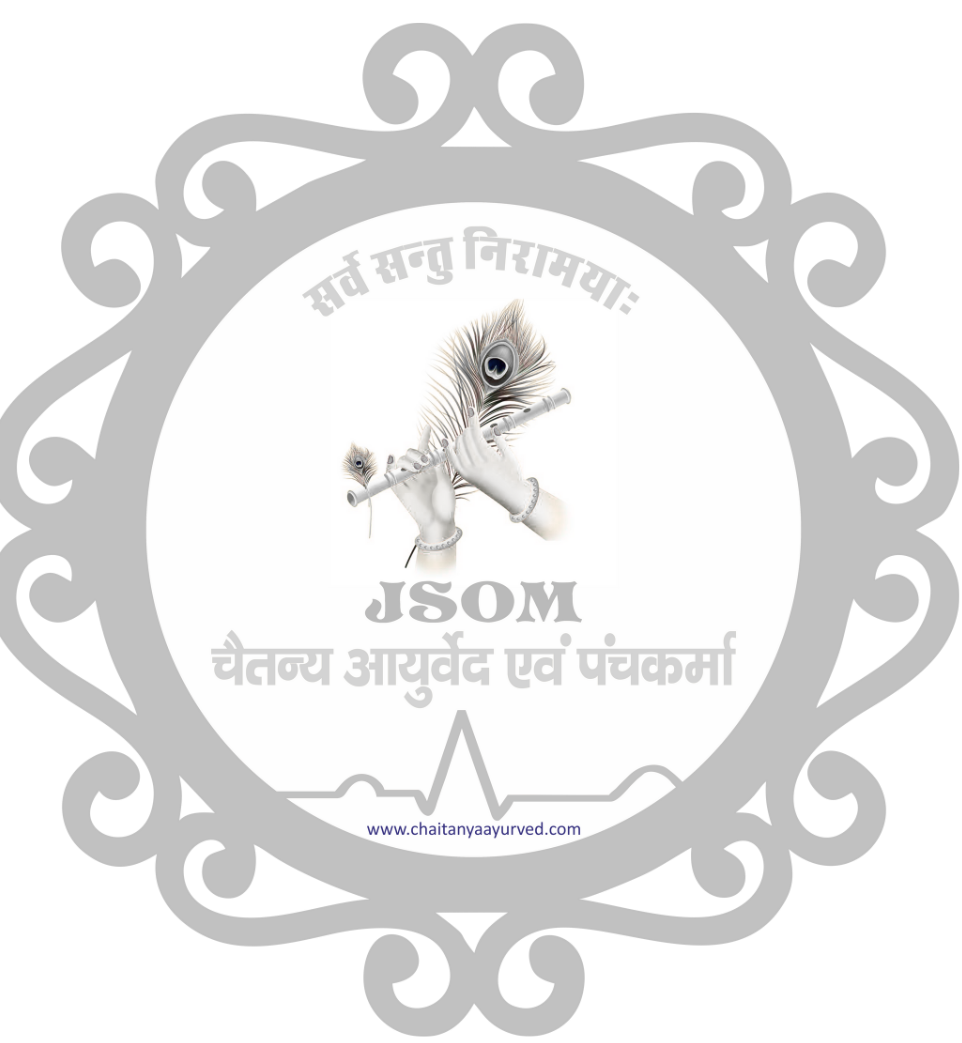Spinal Therapy

Spinal Therapy
Spinal Therapy is a specialized treatment aimed at improving the health and alignment of the spine.
It uses hands-on techniques, therapeutic exercises, or equipment to relieve pain, correct posture, and restore mobility.
It is commonly recommended for conditions such as back pain, slipped discs, sciatica, neck stiffness, and posture-related issues.
The therapy focuses on the relationship between the spine, nervous system, and overall body function
Types of Spinal Therapy
Manual Spinal Manipulation – Hands-on adjustments to align vertebrae and relieve nerve pressure.
Spinal Decompression Therapy – Gentle stretching using specialized equipment to relieve disc pressure.
Physiotherapy-Based Spinal Exercises – Strengthening and flexibility exercises for long-term spinal health.
Massage and Soft Tissue Therapy – Reduces muscle tension around the spine to improve mobility.
Cupping or Heat Therapy (Optional) – Improves blood circulation and relaxes back muscles.
Electrical Stimulation Therapy – Low-level electrical currents to relieve pain and improve nerve function.
How it Works
The spine is assessed for misalignments, stiffness, or nerve compression.
Therapists use adjustments, stretching, massage, or traction to restore normal alignment.
This reduces muscle tension, increases blood and nutrient flow, and decreases inflammation.
Proper spinal alignment improves posture, mobility, and nerve communication between the brain and body.
Benefits of Spinal Therapy
Relieves back, neck, and shoulder pain
Improves posture and spinal flexibility
Reduces muscle stiffness and joint tension
Supports recovery from sciatica, slipped discs, and sports injuries
Enhances blood circulation and reduces inflammation
Promotes relaxation and reduces stress
Improves nerve function for overall body wellness
Precautions
Avoid during acute spinal fractures, severe osteoporosis, or spinal infections
Pregnant women should avoid certain spinal manipulations (especially lower back)
People with bleeding disorders, severe nerve damage, or skin infections should consult a doctor first
Always choose a certified and experienced therapist
Inform the therapist about medical history and ongoing treatments
Typical Session
Duration: 30–60 minutes
Steps:
Consultation and spinal assessment
Gentle stretching, spinal adjustments, or decompression therapy
Supportive treatments such as massage, cupping, or heat therapy
Home exercise recommendations for recovery
Frequency: 1–2 sessions per week for active treatment; monthly for maintenance
Aftercare: Stay hydrated, avoid heavy lifting for 24 hours, and follow given exercises

